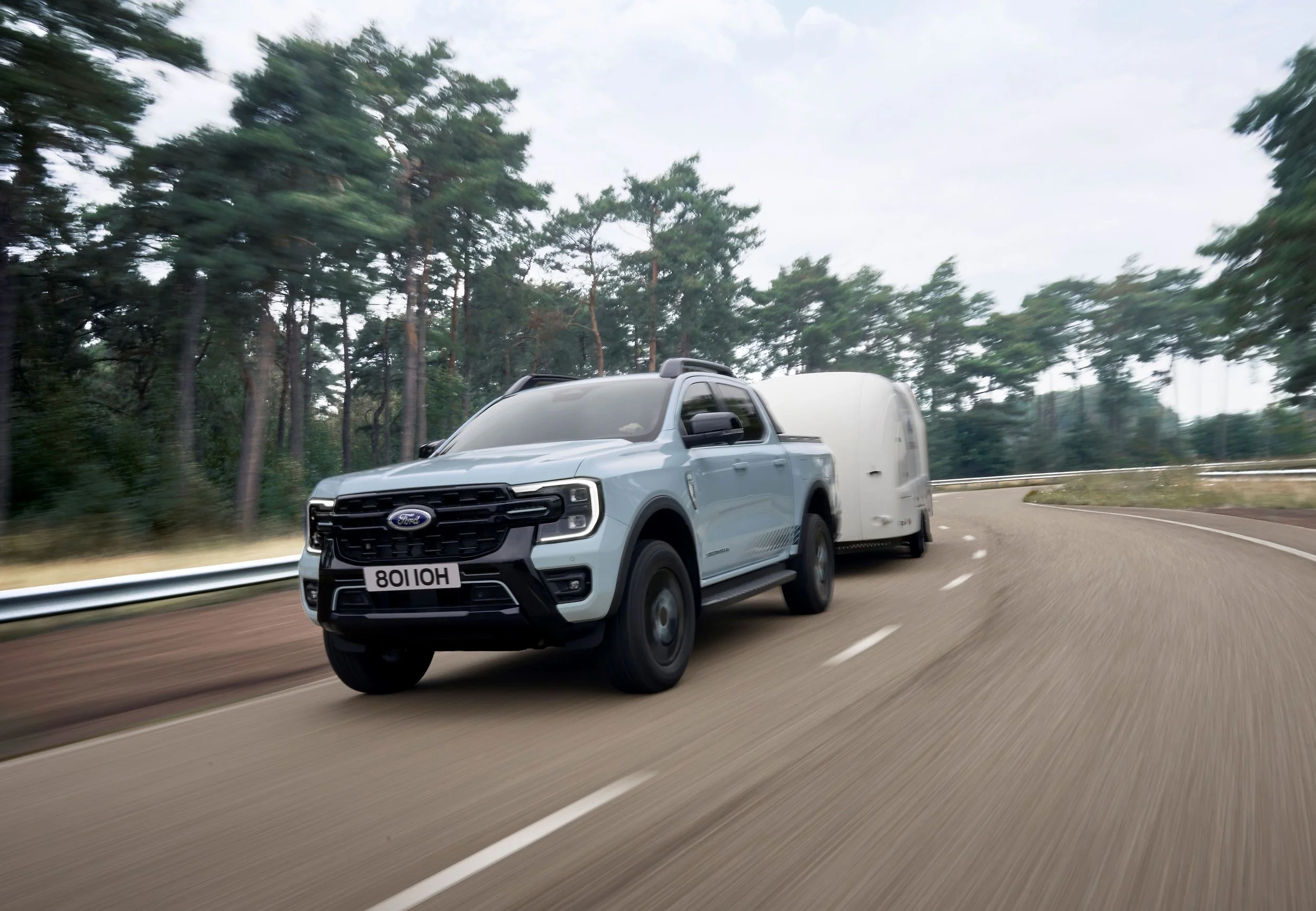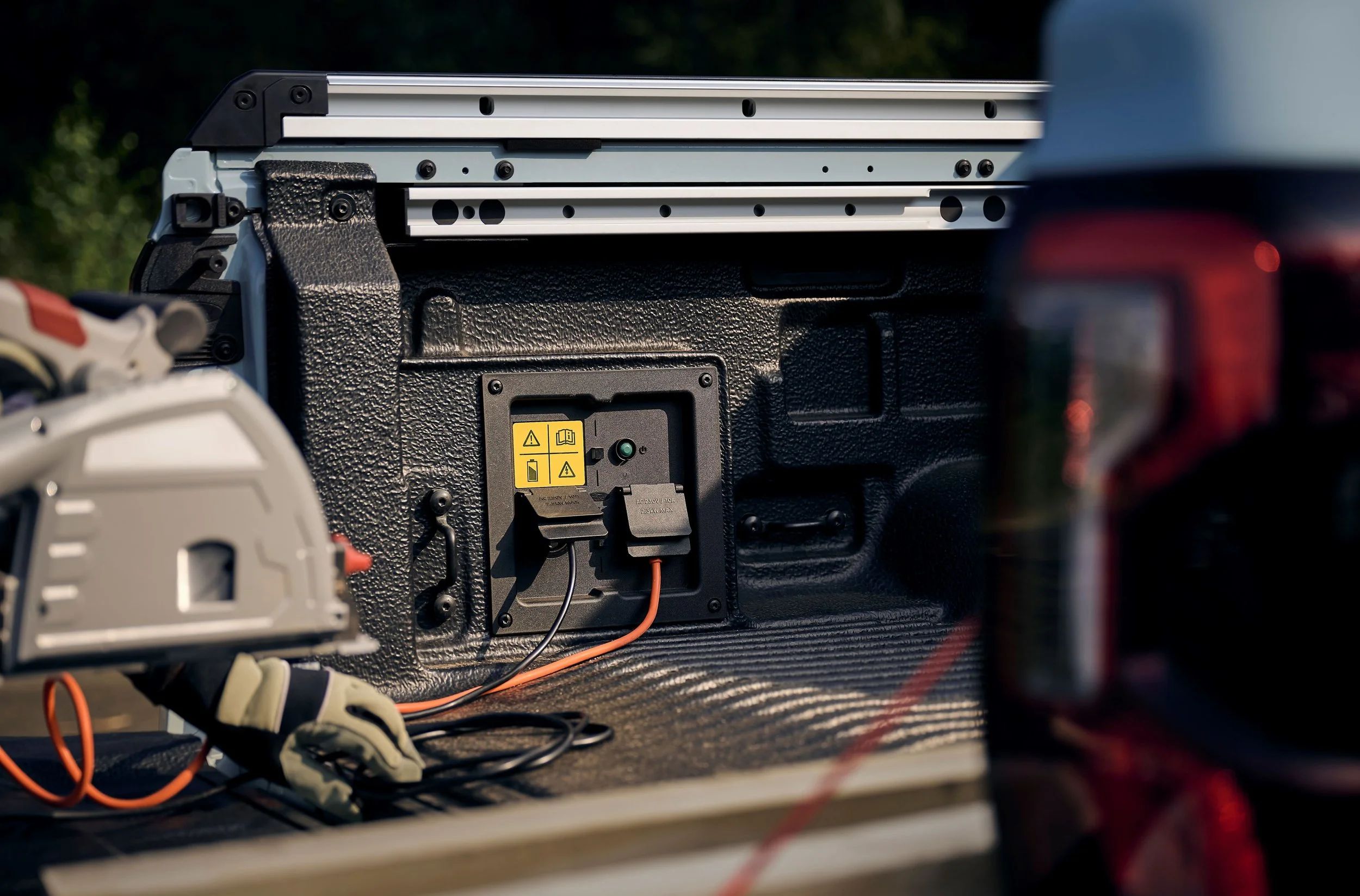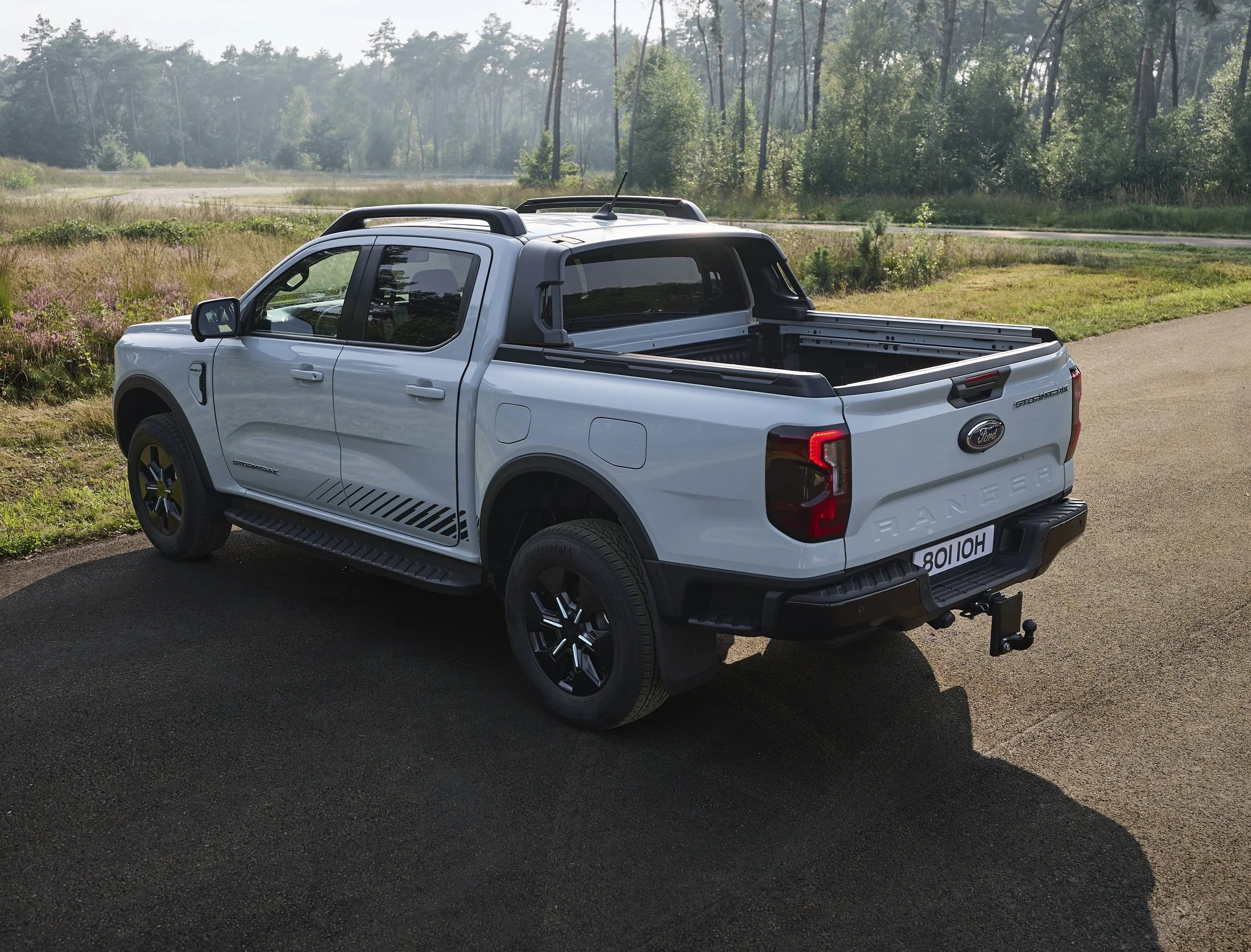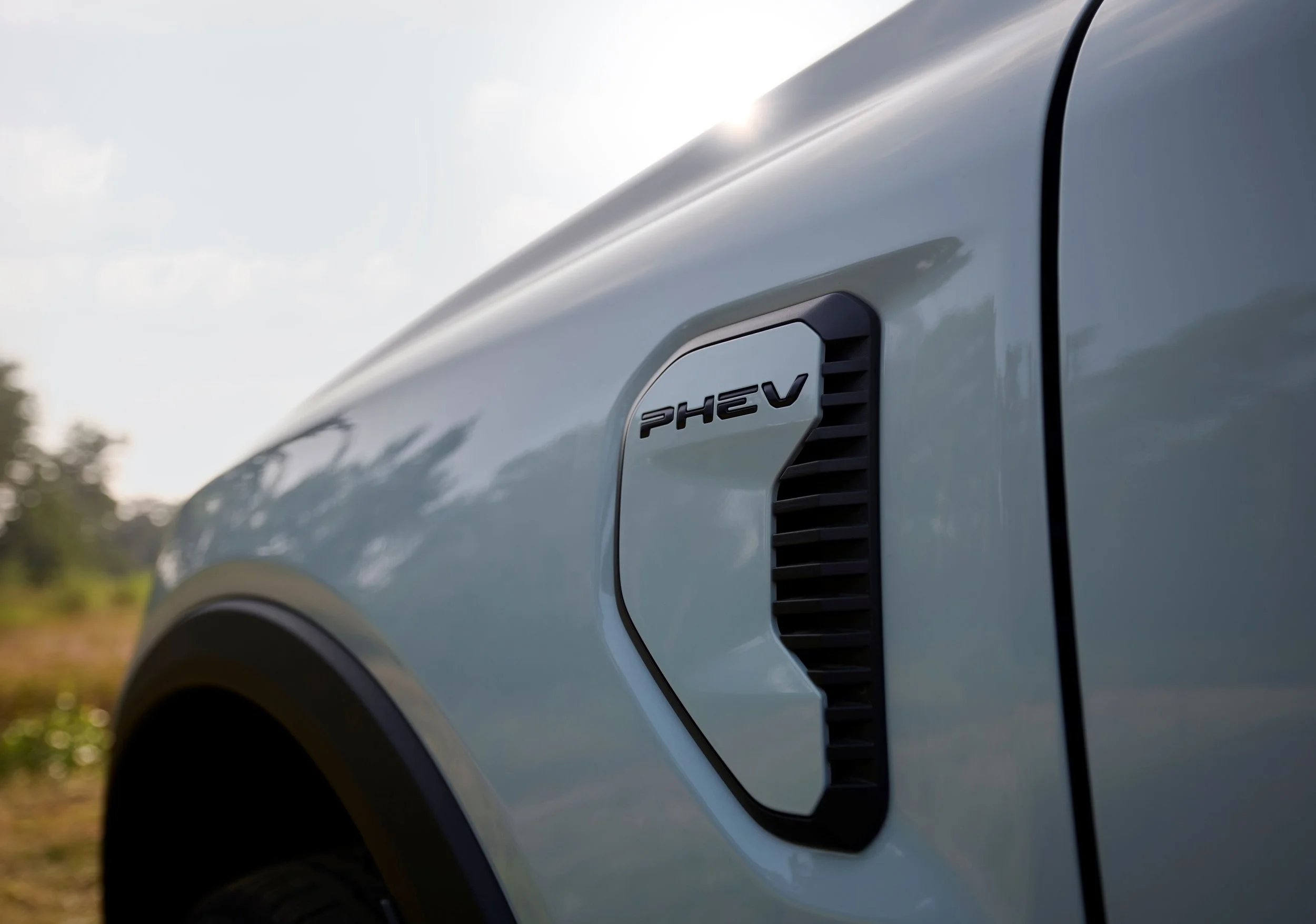Fresh plug for electric-assisted Ranger
/Ford reveals showroom look, but is still shying from giving out much technical detail - or saying when it’s landing.
TWELVE months on from announcing it plans a plug-in hybrid Ford Ranger, the brand has revealed how the model will present in the showroom next year - but is still leaving many questions unanswered.
While some technical detail about the drivetrain has been expanded on, the powertrain’s economy, emissions and overall output remain unknown, though the Ford Authority website in the United States is reporting 213kW and 690Nm.
The latter confirms statement made by Ford a year ago about this being set to be the Ranger with the highest torque; a title presently with the V6 turbodiesel, with 600Nm.
Likewise, exactly when it will land in New Zealand and what kind of pricing might attach is also not being discussed by Ford here. Nothing, in fact, is.
All comment via the local arm is from the brand’s regional head, Andrew Birkic, who bases in Melbourne and whose primary job is running Ford Australia. Ford NZ’s management has changed since the PHEV project was announced last year, with Simon Rutherford having since departed the role of managing director, now held by Annaliese Atina. Still resident in NZ but now in a regional role with Ford International Markets Group, UK-born Rutherford had been confident about the PHEV’s potential a year ago, but the market environment has since changed.
While CO2 reduction remains a target, the new National-led coalition has dropped the previous adminstration’s ‘ute tax’ policies that used tightening emissions penalties to encourage consumers to consider transferring out of diesels, which are all high emissions (though Ranger biturbo diesel is the cleanest of that crowd) for electric-assist technology that has every potential to be less invasive. Now PHEV will simply have to sell on its merits, with no incentives likely, and potentially do so while wearing a premium.
The PHEV edition unveiled today at a commercial vehicle show in Germany - home turf, of course, for the latest Ranger’s development partner Volkswagen.
With the reveal comes confirmation the PHEV types will be from a plant in Silverton, South Africa. That’s also the factory that builds the Amarok for New Zealand. So will VW have an equivalent?
The PHEV is powered by a 2.3-litre turbocharged four-cylinder petrol engine aided by an electric motor and battery pack.
The only other petrol-reliant type in the family is the environment-bashing Raptor.
Last year Ford said the type could be driven on pure electric power for more than 45km; now they’re saying that range has been abetted by European WLTP testing. That’s less than half the cited electric-only range of two rival utes coming from China as competitors.
The Ranger's existing 3500kg braked towing capacity is unchanged, and power is sent to all four wheels through a 10-speed automatic transmission.
Ford has now confirmed the electric motor will develop 75kW, and the battery pack has a capacity of 11.8kWh.
It’s known the 2.3-litre engine makes 201kW and 420Nm in Ranger as it presented in the United States.
Fuel consumption is still a mystery.
The plug-in hybrid system's electric motor is integrated between the engine and transmission in what is known as a 'modular hybrid transmission' (MHT). The traction battery is packaged between specially engineered frame rails.
Ford says the MHT includes a separator clutch which allows torque from the petrol engine to “blend with torque from the e-motor for full hybrid performance and efficiency,” or it can “decouple the two propulsion systems” to let the ute drive solely on petrol or electric power.
Users can choose to drive in hybrid mode, electric mode or petrol-only mode and the battery can be recharged via a household power socket, regenerative braking or by the engine.
Ranger PHEV will be available in XLT, Sport and Wildtrak grades, as well as a Stormtrak launch edition, pictured today. The special edition has unique design cues including a honeycomb grille, fender vents, a decal kit, 18-inch alloy wheels, Matrix LED headlamps and has Ford’s flexible rack system - a sliding rack over the tray to make it easier to carry long items on the roof. It also presents in a new grey paint colour.
Birkic says Ranger PHEV will still have all the ‘hallmarks’ of the diesel Ranger.
“We ensured our first PHEV pickup in Australia and New Zealand would be a hugely capable tool for work and off-roading, as well as a smart vehicle with the tech, connectivity and EV-only capability for family life,” he said.
A year ago, there was talk of it going on sale in early 2025. Now they’re just saying some time next year.
Rivals include the BYD Shark PHEV ute, which has a 1.5-litre four-cylinder petrol engine with an electric motor for a total 320kW and 650Nm sent to all four wheels. BYD cites electric-pure range of up to 100km. Towing is down to 2500kg but it can haul a tonne on the deck.
Also coming from China, at some point during the year, is the GWM Cannon Alpha PHEV, which has a 2.0-litre petrol four-cylinder with a 120kW electric motor, fed off a 37.1 kWh gross battery. It is supposed to get 110kms’ electric-only range, makes 300kW/750Nm and can haul 3.5 tonne. But deck load capacity is less than 600kg.
All three models will offer vehicle to load facility, with enough power feeding out to operate power tools or light up camping sites. Ford says its Pro Power Onboard provides up to 6.9 kW of portable power.





















